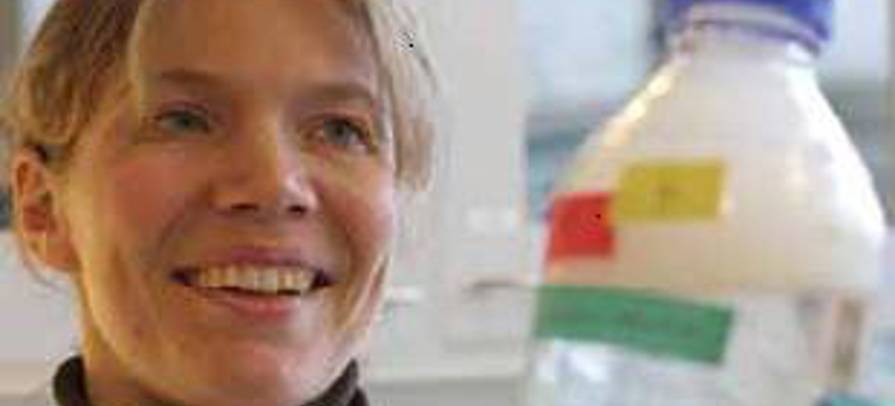Lena Poulsen hevur vart ph.d. ritgerð 15. september
Mánadagin 15. septembur vardi Lena Poulsen, humanbiologur, ph.d. ritgerð sína: "DNA Microarray Based Assays Processed in Spatial Gradient Devices" á Danmarks Tekniske Universitet (DTU).
Opponentar vóru:
Henrik Bjørn Nielsen, Lektari, CBS, DTU.
Thomas Litman, Professari,Exiqon A/S, Danmark.
Anthony Joseph Brookes, Professari, University of Leicester, UK
Martin Dufva, lektari á DTU, hevur verið vegleiðari.
Les um granskingarbólkin, sum Lena arbeiðir í
Les meira um Lenu Poulsen í Heilagrunninum

Enskt abstract:
The DNA microarray technology was developed from solid-phase dot blots some ten years ago, and enables massively parallel molecular analysis that previously were not feasible. An example is gene expression analysis of the entire human genome in a single DNA microarray test (chip). Allele specific hybridization (ASH) to DNA microarrays is a widely used method for detection of small genetic changes, such as point mutations or variations including single nucleotide polymorphisms (SNPs). For detection e.g. point mutations it is paramount that all arrayed probes can function together at a common optimized condition, as the microarray platform usually is restricted to one condition, e.g. wash buffer temperature or sodium concentration. It is however not trivial to identify probes that will perform equally in a microarray assay as present models of probe-target interactions are based on experiments performed in solution, and do not adequately predict the more complex molecular reactions in a hybridized microarray spot.
To provide a technical solution for the above restrictions of microarray-based assays, we developed so called spatial gradient devices, to wash hybridized arrays at different conditions. Two different means of creating a spatial gradient were used including modulation of temperature or ionic strength (sodium concentration) of the wash buffer. Comparison of the two spatial gradients devices with respect to ability to generate dissociation curves for immobilized probes and to enhance genotyping performance using a small diagnostic array, indicated equal performance of the two devices. However, the device utilizing ionic strength buffer was chosen for further studies, due to less complex fabrication and possibility to have large wash zones of any size and number. To explore the potential of performing multi-parametric analysis, the ionic strength buffer was combined with commercial high-density arrays. The experimental set-up allowed simultaneous analysis of several microarray assay parameters, including length of probe, distance of probe from surface and different conditions during a run. The gained results provided valuable and novel information about how the stringency conditions in a probe molecule change with distance from surface, and furthermore an unbiased test of how to develop an ASH based genotyping assay with highest possible success rate.
